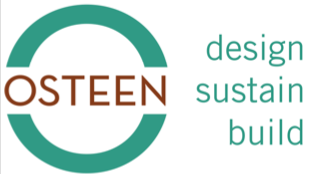Building Forever Homes: Millennials to Boomers
/Family homes should be built to last for multiple generations and a multitude of needs. Boomers are quickly becoming the largest portion of our population, and the 55+ generation are fast increasing, in need of homes that fit their needs as they age. But it's not just boomers looking for smart homes that grow with them; according to this Builder article, millennials don't want houses with a big footprint -- they want a home with features that suit now and later, including plenty of storage with less square footage. Homes that incorporate Universal Design, the same principles that apply to Aging in Place design, allow both millennials and boomers to buy and live in a functional home that grows with them and their changing families.
This video is titled "Dual-ing Demos: How Design Can Transcend Age and Income Stereotypes." It's a synopsis of how smart design can incorporate function, beauty, and transcend generations.
Universal Design and CAPS Design incorporate the same principles -- and are intended to allow multiple generations to live happily and comfortably in the same home. The perhaps unintended effects of this kind of purposeful building is creating sustainable, community-conscious living spaces.


